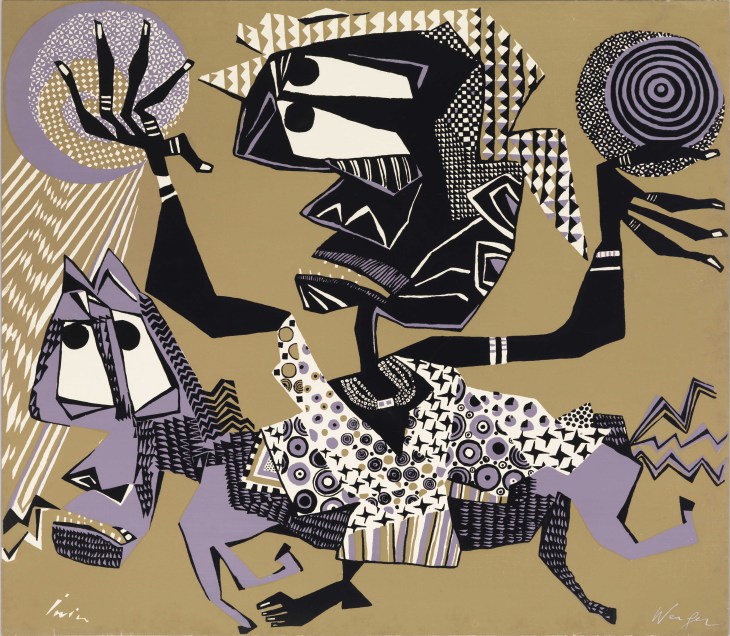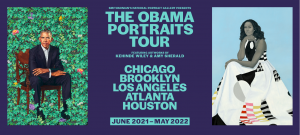“Many photos of Wenger show her wearing dresses made from Ankara fabric and outfits made with kente cloth. Where is the line between inspiration and cultural appropriation? Where does cultural assimilation turn into caricature? Would the fact that she helped the region become an artistic hub and restored the sacred shrines be taken into account? Would it matter?”
I was recently assigned to review an exhibit of the artist Susanne Wenger’s work, “Between the sweet water and the swarm of bees,” at Emory University’s Michael C. Carlos Museum. Wenger is a European artist who moved to Nigeria in the 1960’s with her husband who was a professor there, and her aesthetic is very heavily informed by Yoruba mythology. She fell in love with the region, the religion, and the people and became a high priestess in the area. The exhibit featured screenprints of her work, and as I was looking at them I couldn’t help but wonder whether a white woman would be accepted creating African artwork today.
Sometimes the internet gives us buzzwords that have been traditionally reserved for academics and we toss them around like balls on a playground. I see the terms “cultural appropriation,” “respectability politics,” and “whitesplaining” all over blogs and social media and I can’t help but wonder whether the sometimes misuse of this rhetoric will hinder great artists from gaining large-scale exposure. There’s no blanket answer or solution either, because I have a totally visceral reaction to blackface, but have no problem with a white woman wearing cornrows and kente cloth. The line of what is appropriate moves depending on who you talk to, however, the issue now is more about who received the opportunity over whom because of race. If one of Wenger’s contemporaries was a black Nigerian woman artist and Wenger became famous, but the black woman did not, we would automatically attribute it to white privilege. This is the issue with racism and inequality– no one can shine, reign, and be excellent totally guilt-free, because someone, not something, was the opportunity cost. Just some food for thought…
Read the full review here: http://burnaway.org/review/between-cultures-susanne-wenger-carlos-museum/

